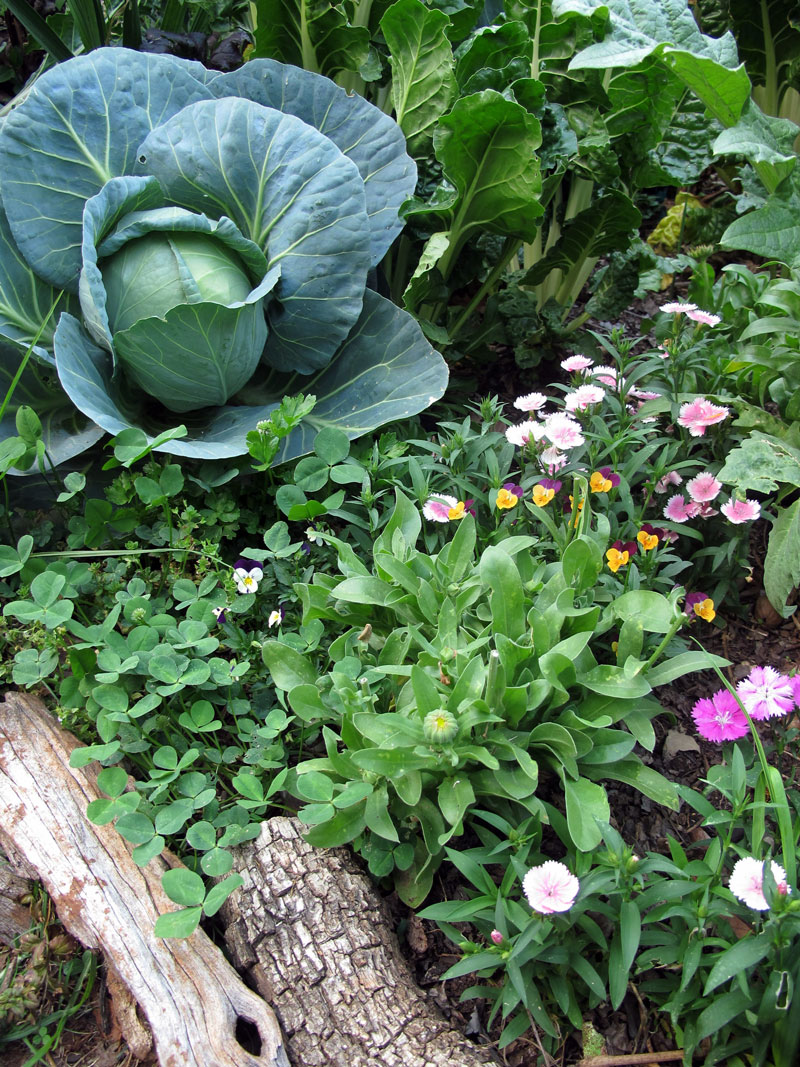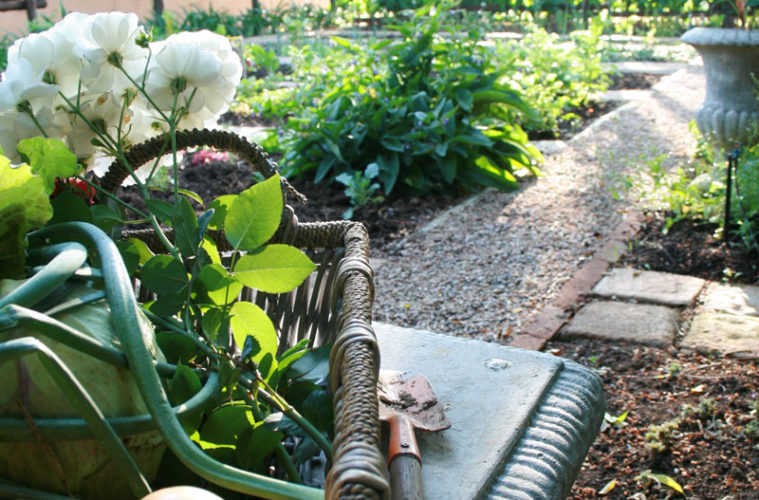Jane Griffiths, expert veggie gardener and author of Jane’s Delicious Garden, and landscape designer Natalia Sinclair of Whirlwind Gardens, give us the lowdown on how to create a sustainable and stunning potager
What is a potager?
Natalia: Potager gardens, from the French jardin potager – meaning vegetable or kitchen garden – date back as far as the French Renaissance when it was essential for people to grow their own fruit and vegetables. Today’s potager is a delightful mix of edible and decorative plants with a modern, structured design combined with a more informal planting plan.
The benefits
Jane: Although there is some motivation to save money, it also has to do with becoming aware of what we are feeding our families – and the best way to make sure we know what is in our food, is to grow it ourselves. It’s also part of a global shift to get back to our roots, literally. South Africans are becoming increasingly aware of carbon footprints, food miles and the need to reduce our impact on the planet.
 The design
The design
Jane: This depends on individual taste. Do you want a geometric garden with raised beds and defined squares, a rambling cottage style with meandering pathways or perhaps a spiral? Whichever design you choose, there are certain practical considerations to take into account:
- The golden real-estate rule of ‘location, location, location’ applies to vegetables too. As vegetables require plenty of sun, look for a spot receiving the maximum amount.
- Place it fairly close to your kitchen. You don’t want to walk miles every time you want to pick something.
- Your potager will need water. Either choose a spot close to an existing tap or install a tap nearby.
- Include pathways for easy access.
- If your garden is on a slope, design the beds so they lie along the contours of the slope, not away from them. This prevents soil being swept away.
- Before planting your crops, enrich the soil with plenty of compost and well-rotted manure.
Natalia: As a general rule a potager will lend itself to a formal geometric design with a focal point in the middle such as a pot, sculpture or water feature and paths leading from the centre. There is usually a bench under an arch or pergola placed at the end. Herbs or clipped hedges separate the borders and define the shape of the design.

